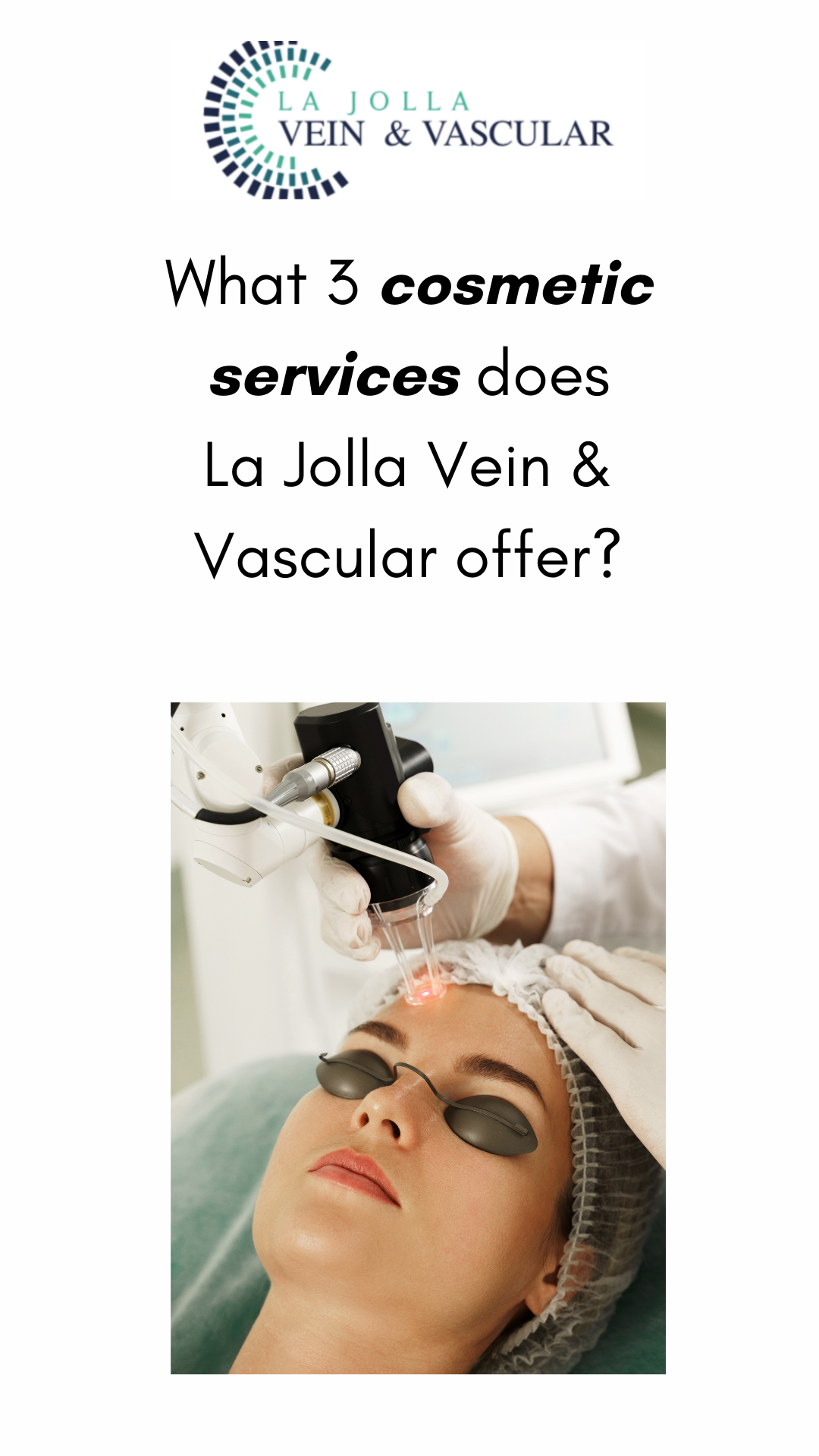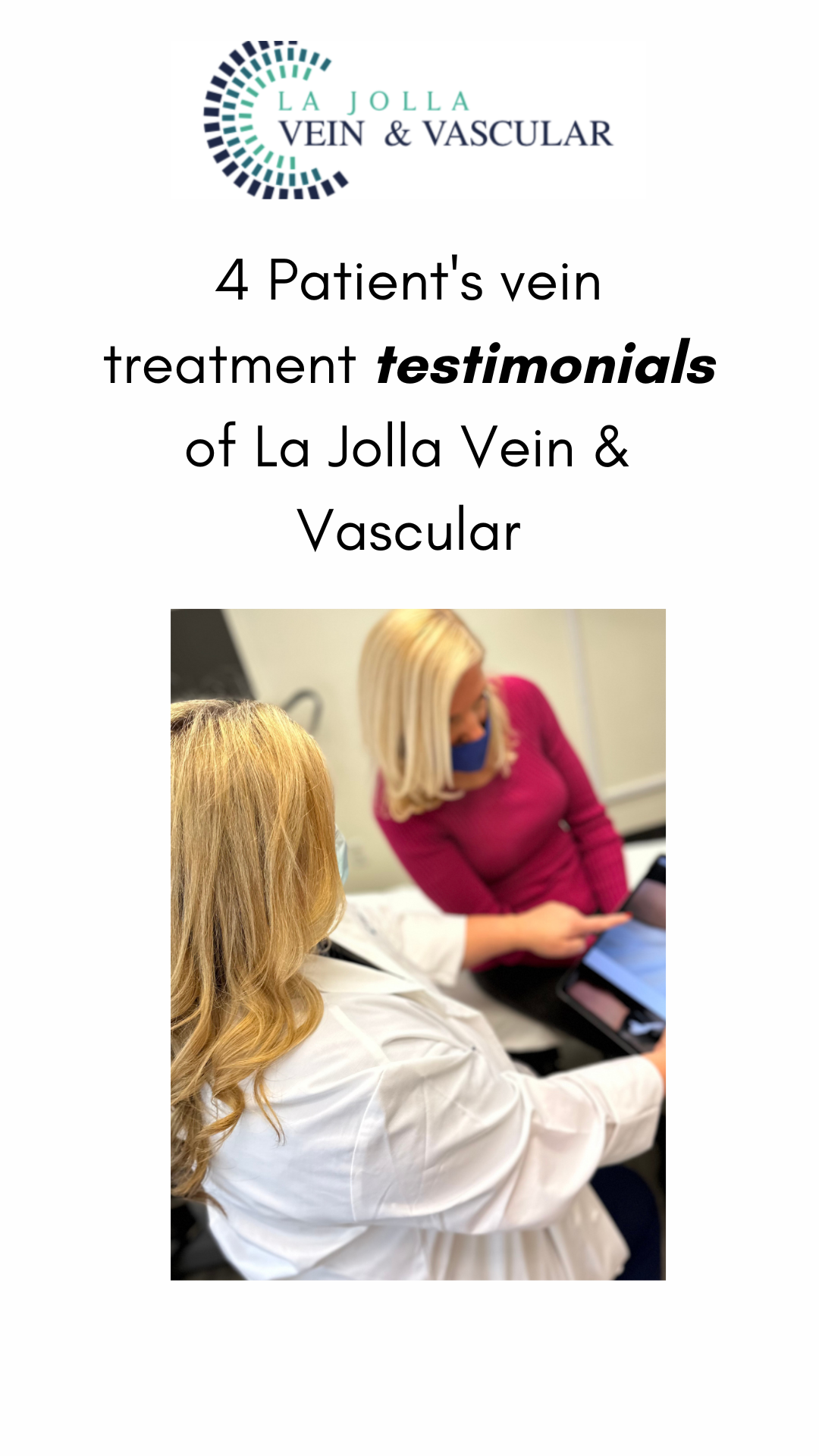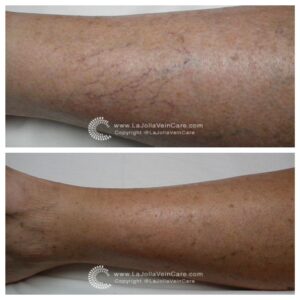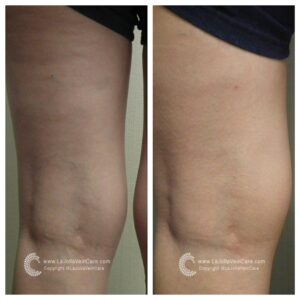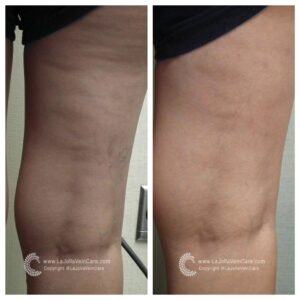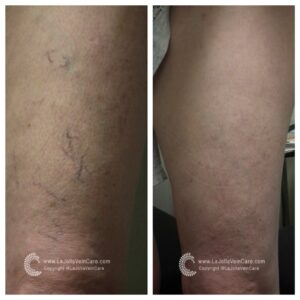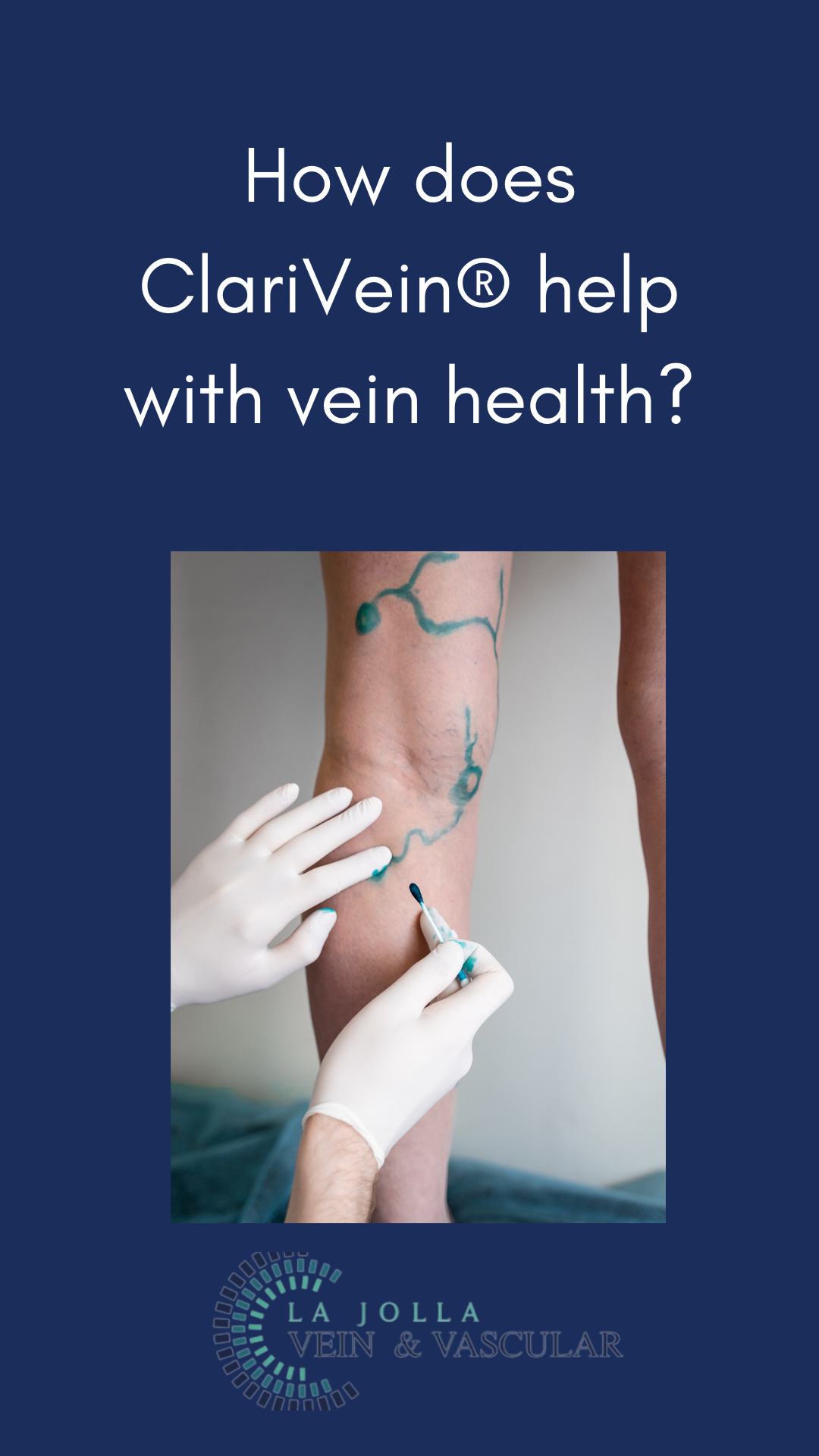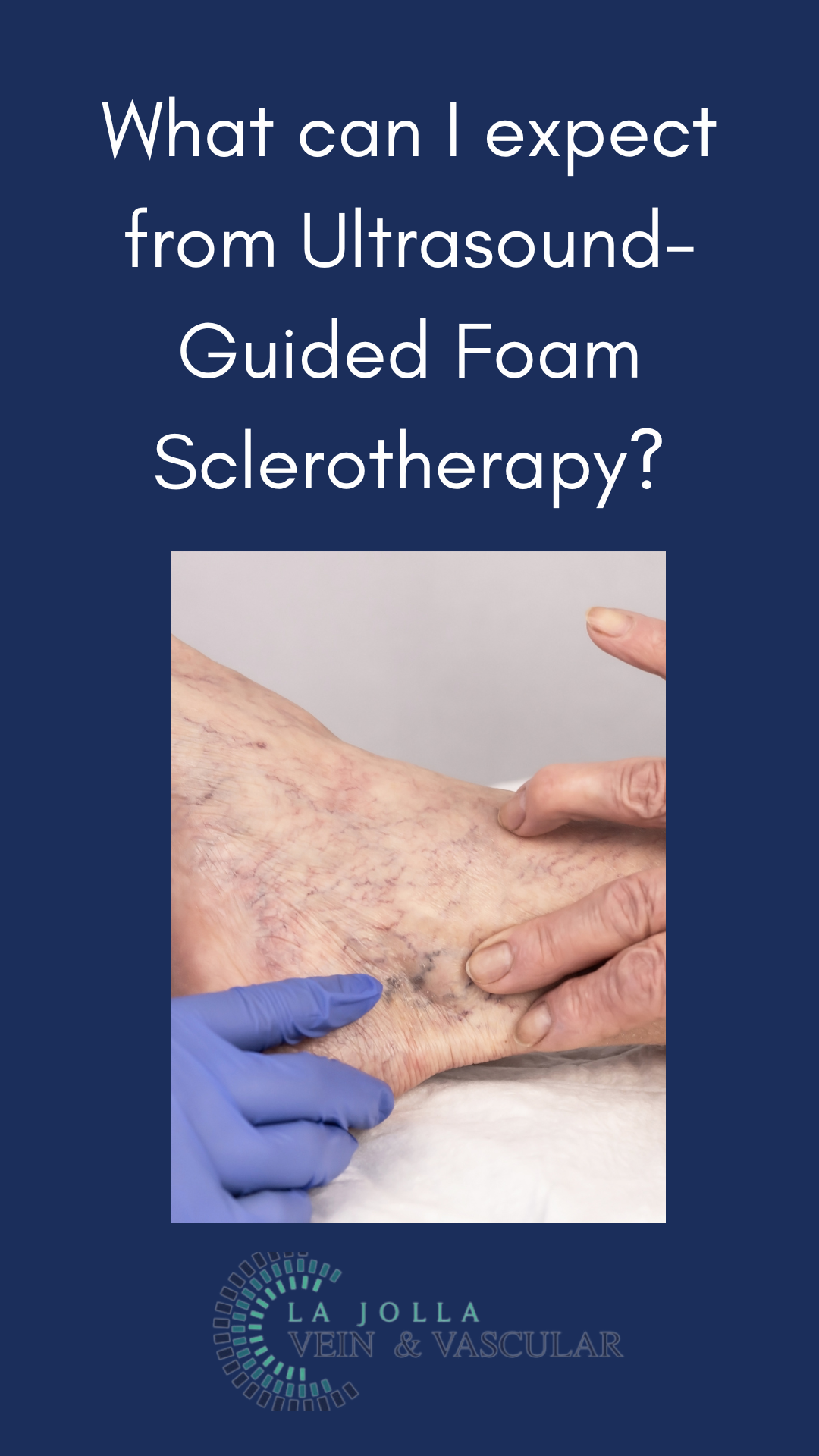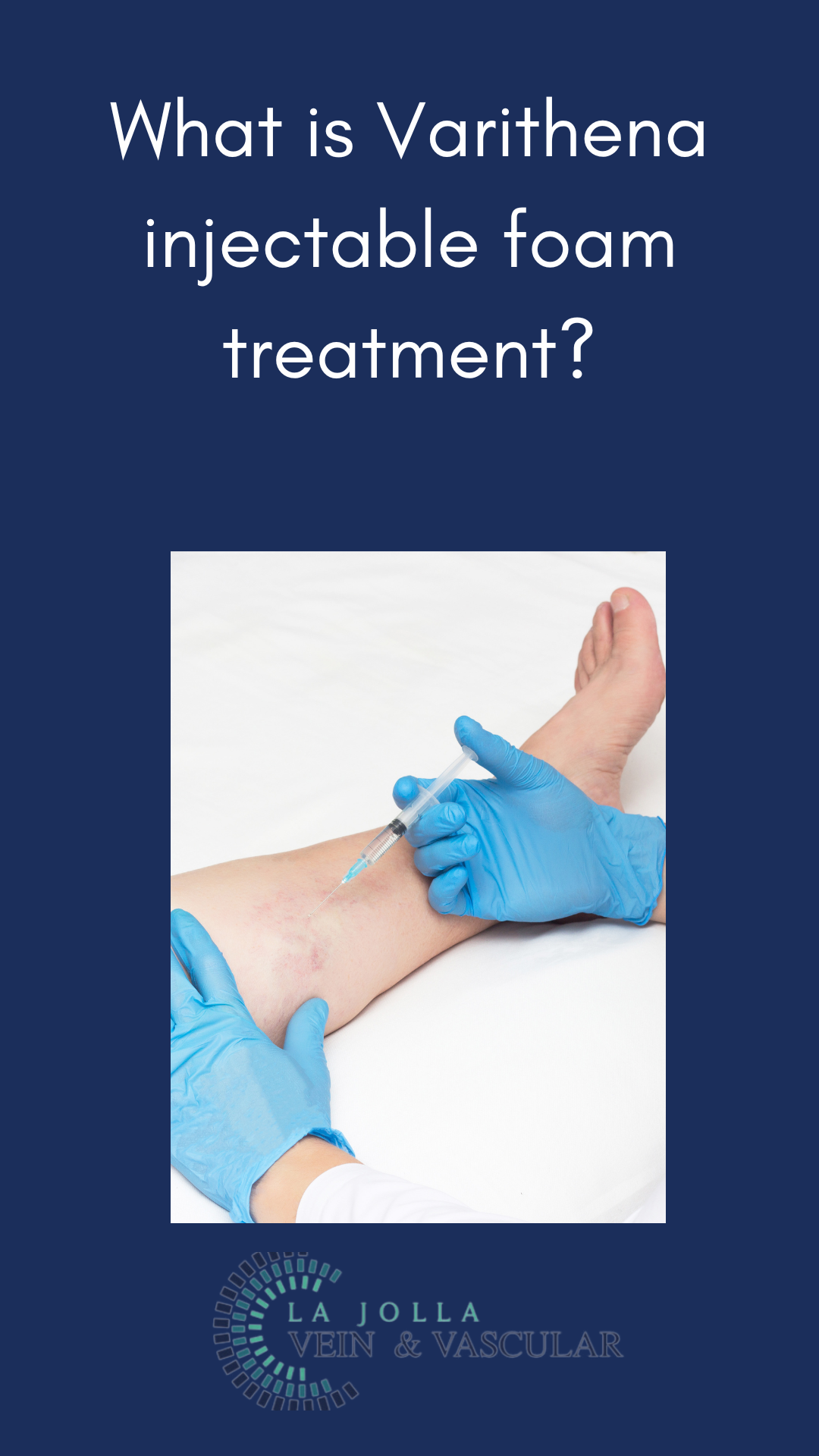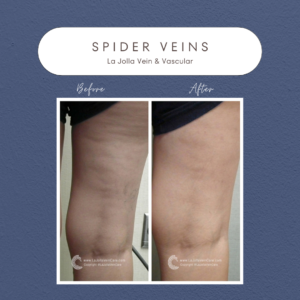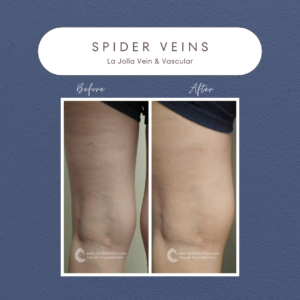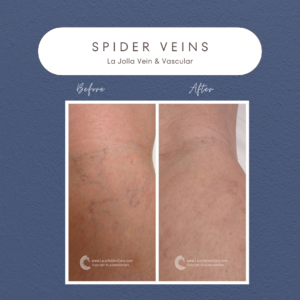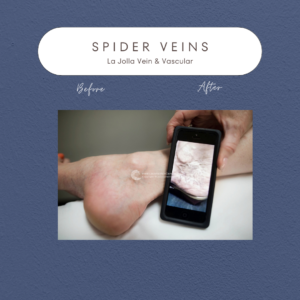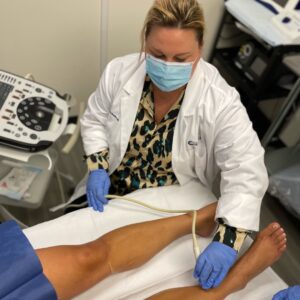What 3 cosmetic services does La Jolla Vein & Vascular offer?
LJVascular2024-06-10T21:35:58-07:00Unlocking Radiant Skin: Advanced Cosmetic Laser Procedures in Vista
Are you longing for smoother, younger-looking skin? La Jolla Vein & Vascular introduces advanced cosmetic laser procedures at our Vista location, performed by our expert board certified specialists, Dr Nisha Bunke, Dr Amanda Steinberger, Dr Heidi Busch, and Dr Sarah Lucas. Our cutting-edge laser technology offers tailored solutions to address a wide range of skin concerns, delivering exceptional results with minimal downtime. Let’s explore the transformative power of our advanced laser treatments and how they can help you achieve your skincare goals.
Personalized Cosmetic Laser Treatments for Comprehensive Skin Rejuvenation
Our cosmetic laser treatments are designed to target various skin conditions, providing customized solutions to meet each individual’s unique needs. Whether you’re seeking to reduce wrinkles, improve skin texture, or treat vascular lesions, our physicians will create a personalized treatment plan tailored to your specific concerns.
Laser Cosmetic Skin Resurfacing: Erasing Imperfections and Restoring Youthful Glow
Cosmetic Laser skin resurfacing is the gold standard for achieving dramatic improvements in skin appearance with minimal downtime. Using our Erbium Yag Laser handpiece, our physicians can effectively remove surface pigmentation, fine lines, and wrinkles on the face, hands, neck, and chest. This treatment addresses common aesthetic issues caused by aging, sun damage, and hormonal changes, delivering impressive results for mild to moderate skin wrinkling and discoloration.
Vascular Reduction: Say Goodbye to Unwanted Blood Vessels and Red Discoloration
Our Long Pulsed Yag Laser handpiece targets and eliminates unwanted blood vessels, red discoloration, and vascular lesions such as cherry angiomas and rosacea. This treatment is also effective for addressing spider veins caused by sun damage, hormonal changes, and aging, revealing smoother and more youthful-looking skin. With minimal downtime and impressive results, vascular reduction offers a non-invasive solution to common aesthetic concerns.
Intense Pulsed Light (IPL): Achieving Clearer, More Radiant Skin
Intense Pulsed Light (IPL) is a versatile and effective treatment option for addressing a variety of skin conditions, including rosacea, sun spots, photodamage, and melasma. Using a broad-band light source, IPL targets brown and red discoloration in the skin, resulting in a more even and radiant complexion. With minimal downtime and gentle, non-ablative treatment, IPL is an ideal choice for those seeking to rejuvenate their skin without interruption to their daily activities.
Who Can Benefit from Cosmetic Laser Treatments?
While cosmetic spectrum laser treatments are suitable for many individuals, certain contraindications should be considered. Pregnant women, individuals with significantly tan skin, severe acne or dermatologic conditions, and those taking certain acne medications may not be suitable candidates for these treatments. However, our specialists will conduct a thorough assessment of your skin type and tone to determine the most appropriate treatment plan for you.
Recovery and Results
Following spectrum laser treatments, results are almost immediate, with noticeable improvements after the first session. However, optimal results may be achieved within 2 – 4 weeks or after completing the treatment cycle. While recovery is minimal, some patients may experience swelling and skin irritation, which can be managed with sunscreen and proper skincare.
Embark on Your Skincare Journey Today
Are you ready to unlock radiant, youthful-looking skin? Schedule a consultation with our experienced dermatologists at La Jolla Vein & Vascular to discover the transformative power of advanced cosmetic laser procedures. Let us create a customized treatment plan tailored to your unique skin care needs, and embark on a journey to healthier, more vibrant skin today.
“Bringing Experts Together for Unparalleled Vein and Vascular Care”
La Jolla Vein & Vascular (formerly La Jolla Vein Care) is committed to bringing experts together for unparalleled vein and vascular care.
Nisha Bunke, MD, Sarah Lucas, MD, and Amanda Steinberger, MD are specialists who combine their experience and expertise to offer world-class vascular care.
Our accredited center is also a nationally known teaching site and center of excellence.
For more information on treatments and to book a consultation, please give our office a call at 858-550-0330.
For a deeper dive into vein and vascular care, please check out our Youtube Channel at this link, and our website https://ljvascular.com
For more information on varicose veins and eliminating underlying venous insufficiency,
Please follow our social media Instagram Profile for more fun videos and educational information.
For more blogs and educational content, please check out our clinic’s blog posts!

